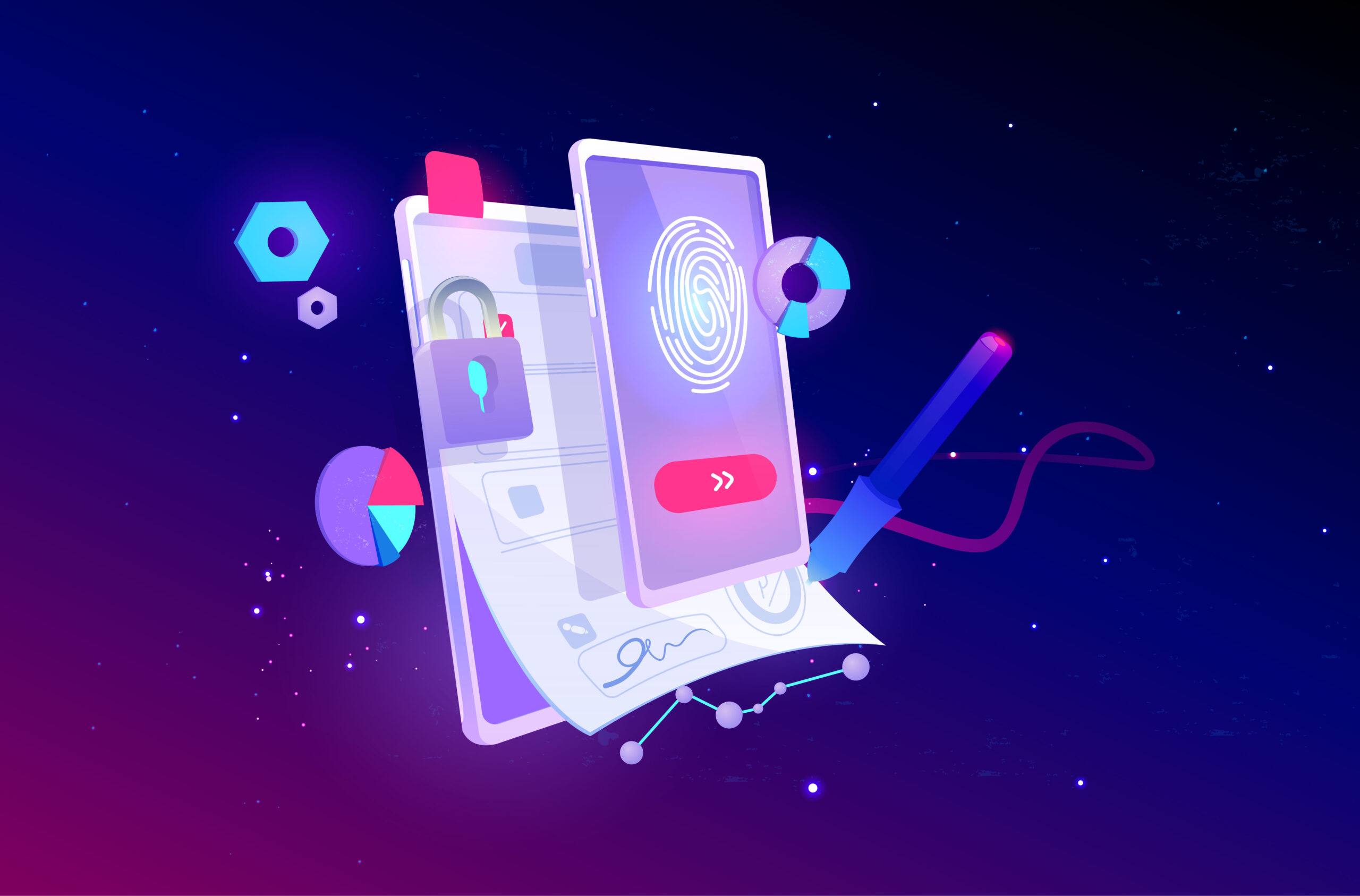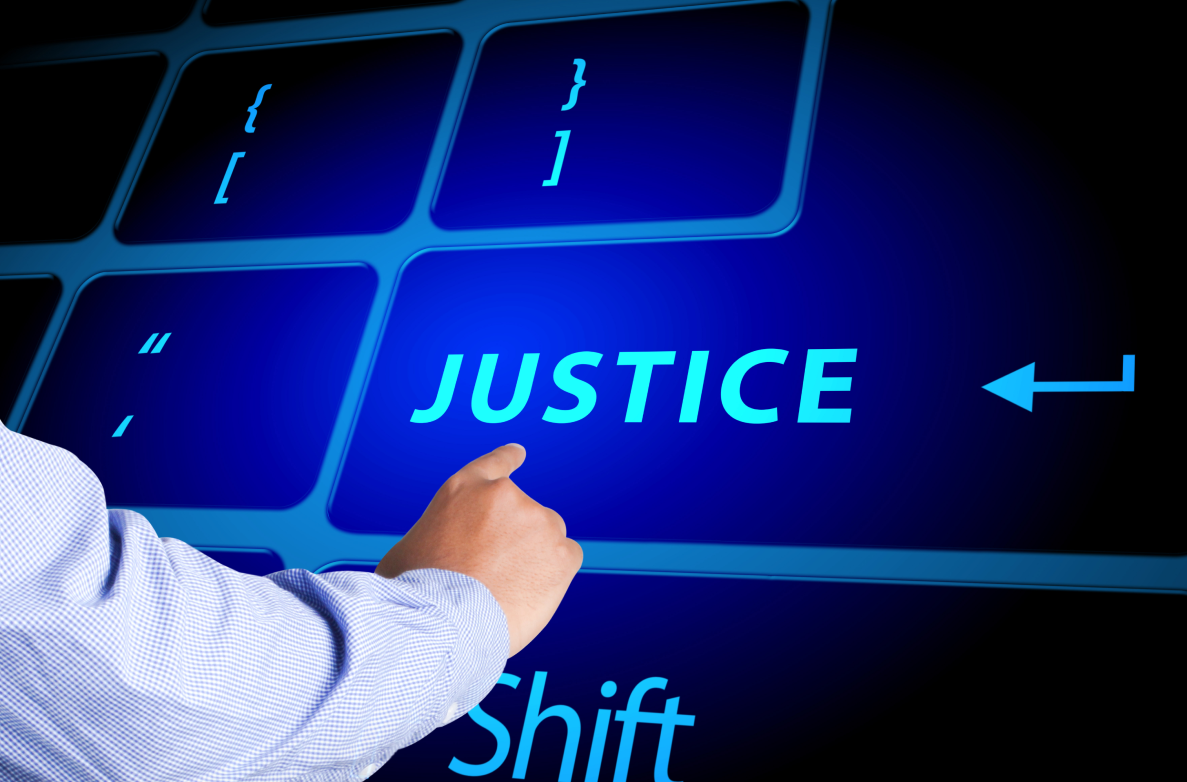Justice/Legal Tech 2 years ago
Top 3 Legal and Justice Technology Tools of 2022
Through the many ups and downs of the year, there have been certain tools that have sustained technological development. In Legal and Justice Technology, these tools have been nothing short of revolutionary and have perhaps irreversibly changed the way law will be practiced in the future.

Two more weeks. As we count the days down and say goodbye to yet another year, we can’t help but look back at the year and relish the ups and downs that came with it. From a technology point of view, 2022 could not have been more of a game changer. We started the year riding high on the back of several space travel missions, amidst the NFT silliness and a graphic card supply crisis, saw the rise and fall of cryptocurrencies, celebrated the 15th birthday of the iPhone, went into the Metaverse and yes, we even lived through (living through?) the Twitter debacle. But through it all, there have been certain trends, tools even, that have sustained the over-arching trajectory of technological development, despite our best intentions. In the legal and Justice Technology scene, these tools have been nothing short of revolutionary and have perhaps irreversibly changed the way law will be practiced in the future.
The legal industry is constantly evolving, and there is no debating the fact that technology is playing an increasingly important role in the field. To its credit, legal and justice technology has come a long way while ensuring that law and order finds its place in the digital revolution and that even amidst dire circumstances, law remains accessible and yes, even profitable. In 2022, three of the most important and influential legal and justice technology tools can easily be found within the spheres of the three fundamental ABCs of technology: Artificial Intelligence (AI), Blockchain and Distributed Ledger Technology (DLT), Cloud Computing.
Artificial Intelligence (AI)
Artificial Intelligence (AI) is becoming increasingly important in the legal industry. Today, AI-based solutions are being used to automate mundane tasks, such as document review, research, and contract analysis. One of the biggest plus points of AI is its speed and accuracy. Lawyers everywhere have been tapping into this one feature and using it to wade through and analyse large amounts of data – all to make more informed decisions and allow themselves more time for more important matters. Today, AI is being used to improve the accuracy and efficiency of legal documents and to identify potential legal issues.
Blockchain and Distributed Ledger Technology (DLT)
Blockchain or DLT is the buzz word among legal and justice tech circles. Blockchain or Distributed Ledger Technology (DLT) is now being used to securely store and transfer data. They are being deployed to create smart contracts that are automatically enforced through blockchains. Blockchains can be used to create immutable records. So, of course, they are being used to enhance the privacy and security features in digital asset management solutions. Increasingly every day, they are being used to ensure the accuracy of legal documents and records, forever changing the way we process digital interactions.
Cloud Computing
Compared to other industries, the legal sector has been a little slow on the cloud technology front; but with remote working being the need of the hour, it is safe to say that it is catching on quickly. Lawyers deal with large amounts of sensitive and confidential information daily; and they are bound by client-attorney privileges. So, of course it means that data security is of paramount importance. Designed with increasingly advanced privacy and security features, cloud computing allows lawyers to store and share documents securely, collaborate with other lawyers and clients, and still access data and applications from any device, anywhere in the world. Increasingly, cloud computing is also being used to automate processes, such as document review and contract analysis.
As with any industry, these tools have the potential to revolutionise the legal industry. They are perhaps at the core of every legal and justice tech development, silently promising better legal services that benefit both the lawyers and the clients.



